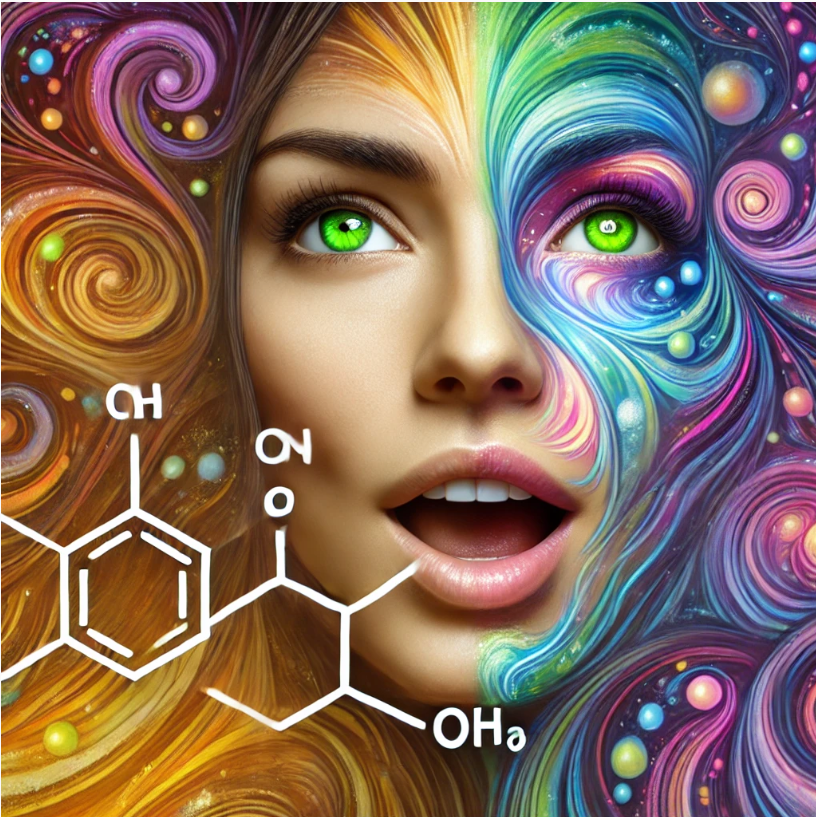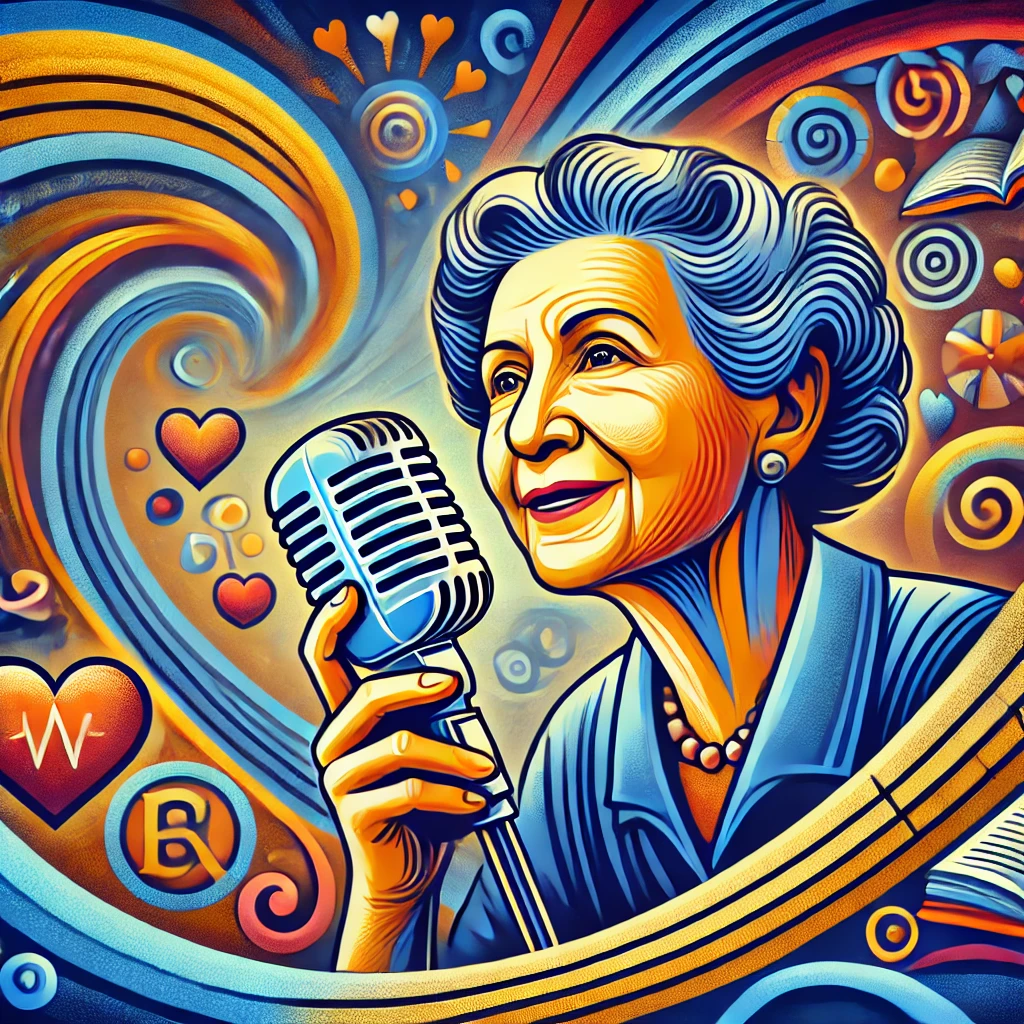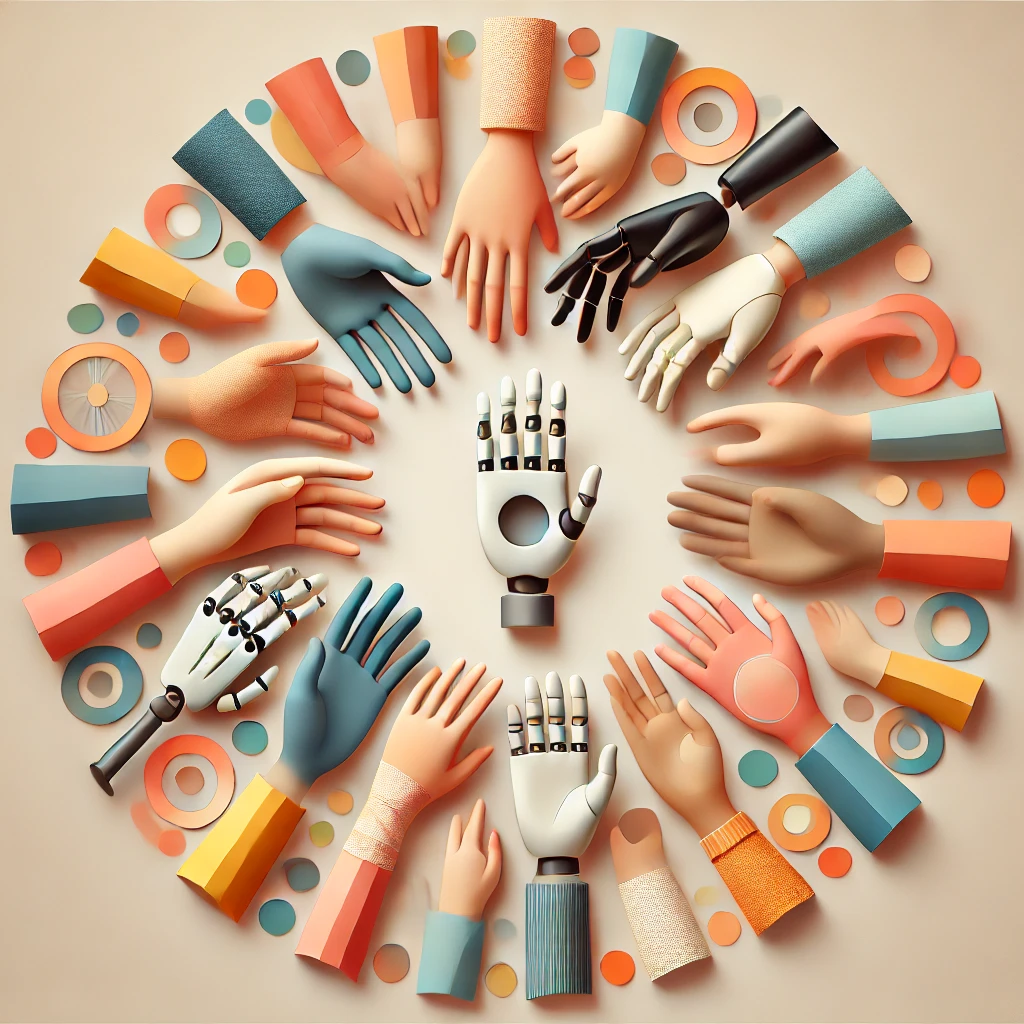Quill & Chill
Z is for Zones (erogenous, of course!)

Erogenous zones are areas of the human body that are particularly sensitive to stimulation and can lead to sexual arousal and pleasure. Understanding these zones is crucial for enhancing sexual health and intimacy. By exploring and stimulating these areas, individuals and couples can achieve a deeper connection and more fulfilling sexual experiences.
💗Anatomy and Physiology of Erogenous Zones💗
Erogenous zones are rich in nerve endings that respond to touch, pressure, and other stimuli, sending signals to the brain that trigger sexual arousal. The nervous system plays a central role in this process, with specific regions of the brain, such as the limbic system, being key players in sexual arousal and pleasure.
Key Anatomical Structures
🦵🏼Skin: The largest organ in the body, the skin, has numerous nerve endings, making it highly sensitive. Different areas of the skin have varying levels of sensitivity, with erogenous zones having higher concentrations of nerve endings.
🍆Genitals: Including the clitoris, vagina, penis, and testicles, these areas have a high concentration of nerve endings. The clitoris alone has approximately 8,000 nerve endings, making it one of the most sensitive parts of the body.
🍒Breasts and Nipples: Also rich in nerve endings, they play a significant role in sexual arousal. Stimulation of the nipples can lead to the release of oxytocin, enhancing pleasure and intimacy.
🫦Lips and Mouth: The lips have numerous nerve endings and are sensitive to touch, temperature, and pressure. Kissing and oral stimulation can significantly enhance arousal.
🧆Skene's Gland: Also known as the female prostate, the Skene's gland is located near the urethra and can contribute to sexual arousal and female ejaculation when stimulated.
Biochemical Reactions During Pleasure
Sexual arousal and pleasure involve complex biochemical reactions in the body and brain. These reactions contribute to the physical and emotional sensations experienced during sexual activity.
Key Biochemical Players
⌬ Dopamine: Often referred to as the "pleasure hormone," dopamine is released in the brain during sexual arousal and activity. It plays a crucial role in the reward pathway, enhancing feelings of pleasure and motivation.
⌬ Oxytocin: Known as the "love hormone," oxytocin is released during intimate physical contact, such as hugging, kissing, and sexual activity. It promotes bonding and emotional connection between partners.
⌬ Serotonin: This neurotransmitter helps regulate mood and emotional well-being. Increased serotonin levels during sexual activity can enhance feelings of happiness and contentment.
⌬ Endorphins: These natural painkillers are released during sexual activity, contributing to feelings of euphoria and reducing sensations of pain.
⌬ Nitric Oxide: This molecule helps increase blood flow to the genitals by relaxing blood vessels, contributing to sexual arousal and the physical sensations of pleasure.
The Role of the Brain
The brain is the central organ of sexual arousal and pleasure. Different regions of the brain work together to process sensory information, regulate emotions, and coordinate physical responses. The limbic system, which includes the hypothalamus and amygdala, plays a key role in processing emotions and sexual arousal. The prefrontal cortex is involved in decision-making and fantasy, enhancing the mental aspects of pleasure.
🧠 Hypothalamus: Regulates sexual behavior and arousal, controlling the release of hormones such as oxytocin and vasopressin.
🧠 Amygdala: Processes emotions and is involved in the formation of sexual desire and arousal.
🧠 Prefrontal Cortex: Involved in decision-making, fantasy, and the cognitive aspects of sexual arousal. This area helps integrate sensory information with emotional and mental experiences, enhancing overall pleasure.
Types of Erogenous Zones
Erogenous zones can be classified into primary and secondary categories, each offering unique sensations.
Primary Erogenous Zones
🍆Genitals: The most commonly recognized erogenous zones, including the clitoris, vagina, penis, and testicles.
🍒Breasts and Nipples: Highly sensitive areas that can enhance arousal.
🫦Lips and Mouth: Kissing and oral stimulation can be intensely pleasurable.
Secondary Erogenous Zones
🙆🏻♂️Neck and Nape: Gentle touches and kisses on the neck can be highly arousing.
👂🏻Ears: Light touches and whispers can stimulate these sensitive areas.
🦵🏻Inner Thighs: The proximity to the genitals makes this area particularly sensitive.
🍑Buttocks: Often overlooked, the buttocks can be a source of pleasure.
🦶🏻Feet: Some individuals find foot massages and stimulation very arousing.
💗Understanding Different Types of Pleasure💗
Pleasure can be physical, emotional, and mental, each contributing to a holistic sexual experience.
Physical Pleasure
Physical pleasure arises from sensory stimulation, such as touch, taste, and smell. The body's response to these stimuli can lead to intense arousal and orgasm. The sensitivity of erogenous zones enhances the physical sensations experienced during sexual activity.
❤️🔥Sensory Stimulation: Involves touch, pressure, temperature, and movement. Sensory nerve endings in the skin and mucous membranes play a crucial role.
❤️🔥Proprioception: Awareness of body position and movement can enhance physical pleasure, especially during activities like massage and sexual intercourse.
❤️🔥Neurological Responses: Activation of specific neural pathways that enhance pleasure through repetitive or rhythmic stimulation.
Emotional Pleasure
Emotional pleasure is derived from the connection and intimacy shared with a partner. Feelings of love, trust, and affection can enhance the physical sensations experienced during sexual activity. Emotional pleasure often strengthens the bond between partners, contributing to a satisfying sexual relationship.
🖤Intimacy: The deep sense of closeness and emotional connection with a partner.
🖤Trust: Feeling safe and secure with a partner, which enhances relaxation and pleasure.
🖤Affection: Expressions of love and care that deepen emotional bonds and heighten pleasure.
Mental Pleasure
Mental pleasure involves psychological arousal, which can be triggered by fantasies, erotic thoughts, and the anticipation of sexual activity. The brain plays a crucial role in amplifying the overall sexual experience. Mental pleasure often involves cognitive and imaginative processes that enhance arousal and enjoyment.
𖡎 Fantasies: Imaginative thoughts and scenarios that enhance sexual arousal.
𖡎 Erotic Literature: Reading or hearing erotic stories can stimulate mental pleasure and arousal.
𖡎 Anticipation: The excitement and buildup before sexual activity can enhance overall pleasure.
💗Exploring Different Types of Orgasms💗
Orgasms can vary significantly in sensation and intensity, depending on the type of stimulation involved.
Clitoral Orgasm
The clitoris, with its approximately 8,000 nerve endings, is a highly sensitive organ. Techniques for clitoral stimulation include direct touch, circular motions, and the use of sex toys.
Vaginal Orgasm
Vaginal orgasms can be achieved through G-spot and A-spot stimulation. The G-spot is located on the front wall of the vagina, while the A-spot is deeper inside. Both areas can be stimulated through different angles and pressures.
Anal Orgasm
Anal orgasms can be pleasurable for both men and women. Safety and proper technique are essential. For men, prostate stimulation can lead to intense orgasms.
Multiple Orgasms
Some individuals can experience multiple orgasms, where one orgasm follows another. Techniques for achieving this include pacing oneself, varying stimulation, and maintaining arousal.
💗Fun Facts and Myths💗
There are many myths and fun facts surrounding erogenous zones and sexual pleasure.
🦄Myth: Only the genitals are erogenous zones.
💯Fact: Many areas of the body can be erogenous zones, including the neck, ears, and feet.
🦄Myth: Men cannot have multiple orgasms.
💯Fact: Some men can achieve multiple orgasms with practice and control.
🦄Myth: The clitoris is just a small, insignificant part of female anatomy with no specific function.
💯Fact: The clitoris is the only human organ solely dedicated to pleasure.
Enhancing Sexual Pleasure
Enhancing sexual pleasure involves communication, experimentation, and sometimes the use of sex toys.
Communication with Your Partner
Open communication is vital in sexual relationships. Discussing desires, boundaries, and preferences can lead to more satisfying experiences. Tips for effective communication include being honest, listening actively, and expressing needs clearly.
Experimentation and Exploration
Trying new things and exploring different zones can add excitement to sexual experiences. Using sex toys, such as vibrators and lubricants, can also enhance pleasure.
💗Sexuality and Disability💗
Sexuality is an important aspect of life for everyone, including those with disabilities.
Understanding Sexuality and Disability
There are many misconceptions about disability and sexuality. People with disabilities can have fulfilling sex lives and experience pleasure. It's important to recognize that disabilities can affect sexual function in various ways, but they do not eliminate the capacity for sexual desire or pleasure. Understanding the specific needs and preferences of individuals with disabilities is crucial.
🦿Misconceptions: Common misconceptions include the belief that people with disabilities are asexual or incapable of having a fulfilling sex life. These stereotypes can be harmful and limiting.
🦿Diversity of Experience: Disabilities are diverse, and so are the experiences of individuals. Some may have physical limitations, while others may have sensory or cognitive differences that affect their sexual experiences.
🦿Adaptation and Resilience: Many people with disabilities develop unique ways to experience and enjoy sexual pleasure, demonstrating resilience and adaptability.
Adaptive Techniques for Pleasure
Different abilities may require modifications for sexual activity. This can include using assistive devices, adapting positions, and focusing on communication. It's essential to approach sexual activity with creativity and an open mind.
🦾Assistive Devices: Tools such as wedges, pillows, and harnesses can provide support and comfort. Vibrators and other sex toys can also be adapted for ease of use.
🦾Adapting Positions: Exploring different sexual positions that can provide comfort and accessibility. For example, side-lying positions can reduce strain on joints and muscles. Using pillows for support can help maintain comfort and stability.
🦾Communication and Consent: Clear and open communication is crucial. Discussing needs, limitations, and preferences with a partner ensures that both parties feel comfortable and respected. Establishing safe words or signals can help manage discomfort or pain.
🦾Professional Guidance: Consulting with a healthcare provider or sexual therapist can provide valuable insights and strategies tailored to individual needs. They can offer advice on specific techniques, positions, and assistive devices.
🦾Sensory Enhancements: Using sensory enhancements such as aromatherapy, music, or textured fabrics can create a more stimulating and enjoyable environment. This can enhance the overall sensory experience during sexual activity.
🦾Focus on Non-Genital Pleasure: Exploring and emphasizing non-genital erogenous zones can provide alternative pathways to pleasure. This includes areas like the neck, ears, and inner thighs, which can be highly sensitive and responsive to touch.
Understanding and exploring erogenous zones can lead to more fulfilling and pleasurable sexual experiences. Open communication, experimentation, and education are crucial components. By embracing these elements, individuals and couples can enhance their sexual health and intimacy.
💗FAQs💗
❔What are erogenous zones?
Erogenous zones are areas of the body that are highly sensitive to touch and can lead to sexual arousal.
❔How can I find my partner's erogenous zones?
Communication and exploration are key. Ask your partner about their preferences and gently experiment with different areas.
❔Can everyone experience multiple orgasms?
While not everyone can, some individuals can achieve multiple orgasms with practice and the right techniques.
❔Are certain erogenous zones more sensitive than others?
Yes, primary erogenous zones like the genitals and nipples tend to be more sensitive, but this varies from person to person.
❔How can I communicate my sexual preferences to my partner?
Be honest and open. Discuss your desires, boundaries, and what you enjoy, and encourage your partner to do the same.











